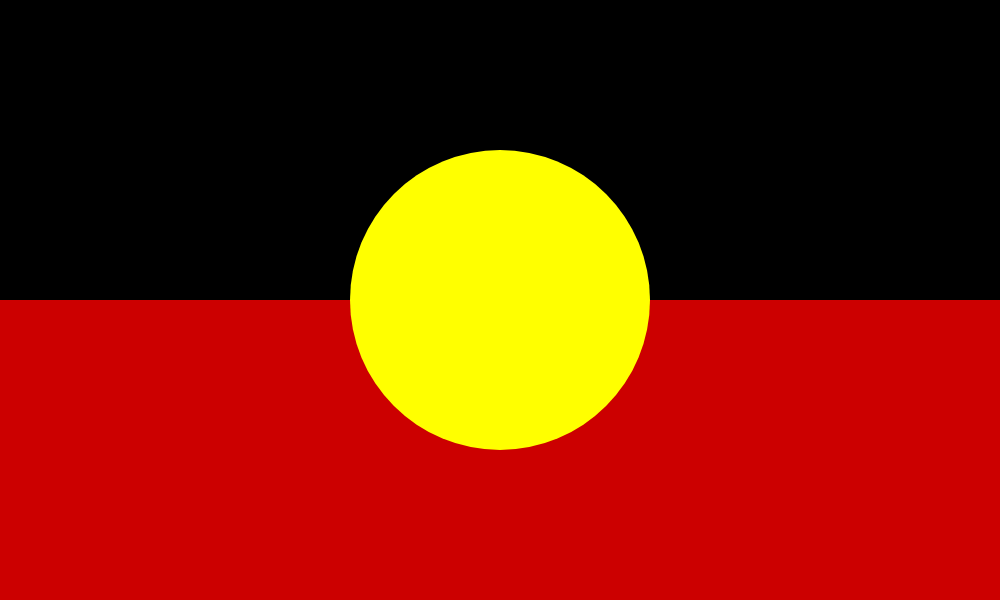2
32
3
13
From Guatemala to Gaza, genocide denial thwarts justice - The Electronic Intifada
(electronicintifada.net)
4
19
6
37
7
14
11
21
12
18
13
35
16
43
17
43
18
24
20
22
22
109
24
17
view more: next ›
Indigenous
749 readers
13 users here now

Welcome to c/indigenous, a socialist decolonial community for news and discussion concerning Indigenous peoples.
Please read the Hexbear Code of Conduct and remember...we're all comrades here.
Post memes, art, articles, questions, anything you'd like as long as it's about Indigenous peoples.

Chunka Luta Network, CLN linktree
founded 2 years ago
MODERATORS







